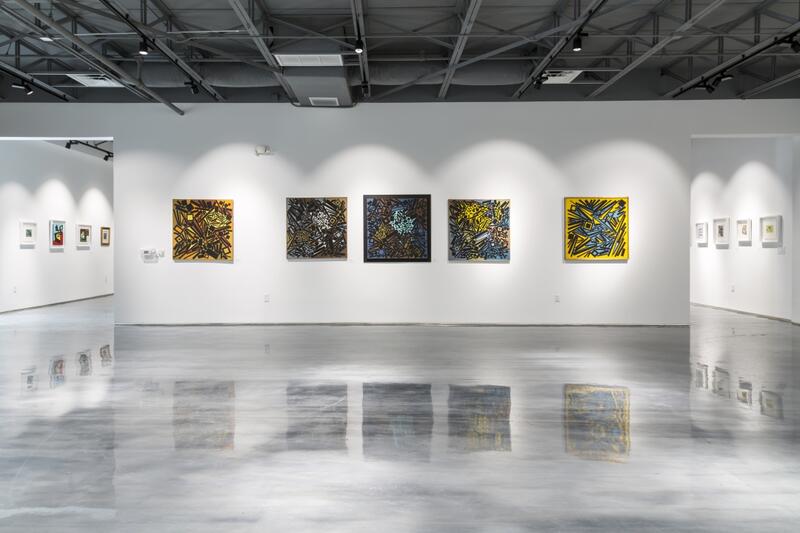A RETROSPECTIVE OF JOSÉ PEDRO COSTIGLIOLO INAUGURATES THE NEW SPACE OF PABLO ATCHUGARRY FOUNDATION IN MIAMI
In order to celebrate the opening of its second space in Miami, Florida, Pablo Atchugarry Foundation (Uruguay) presents a retrospective exhibition of the Uruguayan artist José Pedro Costigliolo (1902-1985). Forerunner of non-figurative art, Costigliolo's contribution to geometric abstraction development -movement emerged mainly in Latin America- has been recognized internationally. Raised as a retrospective that explores the changes and evolutions of the Uruguayan artist, La Vida de las Formas (The Life of The Forms) opens the foundation new headquarters at Miami on December 29.

To understand José Pedro Costigliolo’s work it is necessary to understand his formation as a student and the interpersonal relationships he carried out during his career. "It is very difficult to talk about the life and work of Costigliolo without mentioning María Freire (1917-2015), colleague and wife of the artist, with whom he shared thirty years of life", says Enrique Aguerre, curator of the exhibition and friend of the artist wife. At the Círculo de Bellas Artes (Fine Arts Circle) in Montevideo, where Costigliolo was trained in his early years, the artist attended the workshops of great figurative artists of the time such as Vicente Puig or Guillermo Laborde, both members of the Planismo movement.
After the return of the artist Joaquín Torres-García from Europe in 1934, the Uruguayan scene began to inquire about abstraction. The peculiarity was that, in the Latin American country, Torres-García opposed to the northern Europe movements and included figurative elements typical of pre-Columbian cultures in his artworks. Thus, was born what was called Escuela del Sur (South School). And it is then that the figure of Costigliolo assumes importance.
Together with his wife, María Freire, the artist founded the group Non-Figurative Art (1953) as opposed to Torres-García's school and its authority. Although the lack of an agenda to exploit the creative processes and the possibilities of constructivism, at the end of the 50s Costigliolo was awarded a scholarship to Europe in the III National Biennial of Uruguay.
The two years that the Uruguayan artist spends in the old continent are the turning point in his work. There he knew figures such as Antoine Pevsner, Friedrich Vordemberge-Gildewart and Georges Vantongerloo, and visited the great museums and galleries of Europe. The interest of Costigliolo and his work in this period begins to be very influenced by the colors and shapes of the French medieval stained glass windows. "Thus, his work became increasingly geometric, with the dark void slowly turning into black shapes moving between brightly colored spaces. The size of the elements, be they squares, triangles and rectangles, became progressively simpler, transmitting a strict order and a total concentration in the internal functioning of the components ", explains Eguerre.
La Vida de las Formas is the first retrospective of the artist since 1983 and the first exhibited in the United States. This exhibition is part of a larger project that includes two complementary exhibitions at two additional institutions: The National Museum of Visual Arts in Montevideo (MNAV), Uruguay, and the Pablo Atchugarry Foundation, Uruguay. It will be the artist's first exhibition at the MNAV. In addition, it is worth mentioning that it is thanks to the collection of the Uruguayan sculptor Pablo Atchugarry that it is possible to exhibit this retrospective to the North American public.




